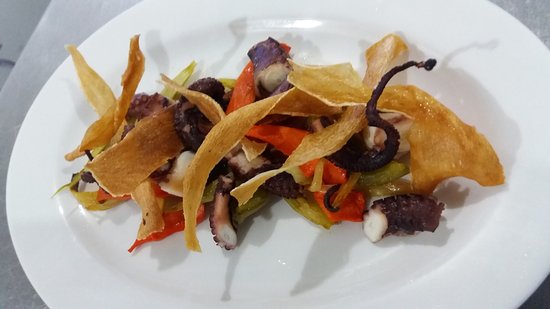Introduction: Pacific Island Cuisine in Nauru
Nauru, a small island nation in the Pacific, has a unique culinary heritage that reflects the influence of other Pacific Island cuisines. The cuisine of Nauru, like that of other Pacific Island countries, emphasizes fresh, locally sourced ingredients and relies heavily on seafood and coconut. However, the island’s history of colonialism, migration, and globalization has also contributed to the diversity of its food culture.
The Role of Migration in Nauruan Food Practices
Nauruan cuisine has been shaped by the migration of people from other Pacific Island countries. Many Nauruans have roots in Kiribati and Tuvalu, and their food practices have influenced the local cuisine. For example, the traditional Nauruan dish of palu sami, which is made from taro leaves, coconut cream, and salted fish, has strong similarities to the Kiribati dish of palu sami as well as the Tuvaluan dish of pulaka. Similarly, the practice of cooking breadfruit in an underground oven, known as umu in Samoa, is also common in Nauruan cooking.
Nauruan Cuisine: A Blend of Pacific Island Flavors
Nauruan cuisine is a blend of various Pacific Island flavors, including those from Kiribati, Tuvalu, Samoa, and Fiji. Coconut cream and fish are staples in many Nauruan dishes, just as they are in other Pacific Island cuisines. The use of taro and yam, which are also common in other Pacific Island countries, is prevalent in Nauruan cuisine as well. The island’s inhabitants have also adapted to modern tastes, incorporating elements from Western cuisine and fast food culture.
The Influence of Kiribati and Tuvalu in Nauruan Cuisine
Kiribati and Tuvalu have had a significant impact on Nauruan cuisine. Their traditional dishes have been adapted and incorporated into Nauruan cooking. Palu sami, as mentioned earlier, is a dish that originated in Kiribati and is now a popular dish in Nauru. The Nauruan version of this dish also includes salted fish, which is a common ingredient in Kiribati cuisine. Similarly, the Tuvaluan dish of pulaka, which is a staple in Tuvalu, is also commonly prepared in Nauru.
Fijian and Samoan Influences in Nauruan Cooking
Fijian and Samoan influences are also present in Nauruan cooking. Fijian dishes such as kokoda, a traditional Fijian ceviche made with raw fish marinated in coconut milk and lime juice, have made their way into the Nauruan culinary repertoire. Samoan dishes such as palusami, which is made with taro leaves and coconut cream, are also common in Nauruan cuisine. The use of umu, a traditional Samoan way of cooking food in an underground oven, is also prevalent in Nauruan food practices.
The Future of Nauruan Cuisine: A Reflection of Its Past
Nauruan cuisine is a reflection of the island’s history and cultural diversity. The island’s food culture is constantly evolving, as new ingredients and cooking styles are introduced. However, traditional dishes and food practices continue to be an important part of Nauruan identity and heritage. As Nauru continues to face challenges such as climate change and globalization, it is important to preserve the island’s culinary traditions and celebrate its rich cultural heritage.

